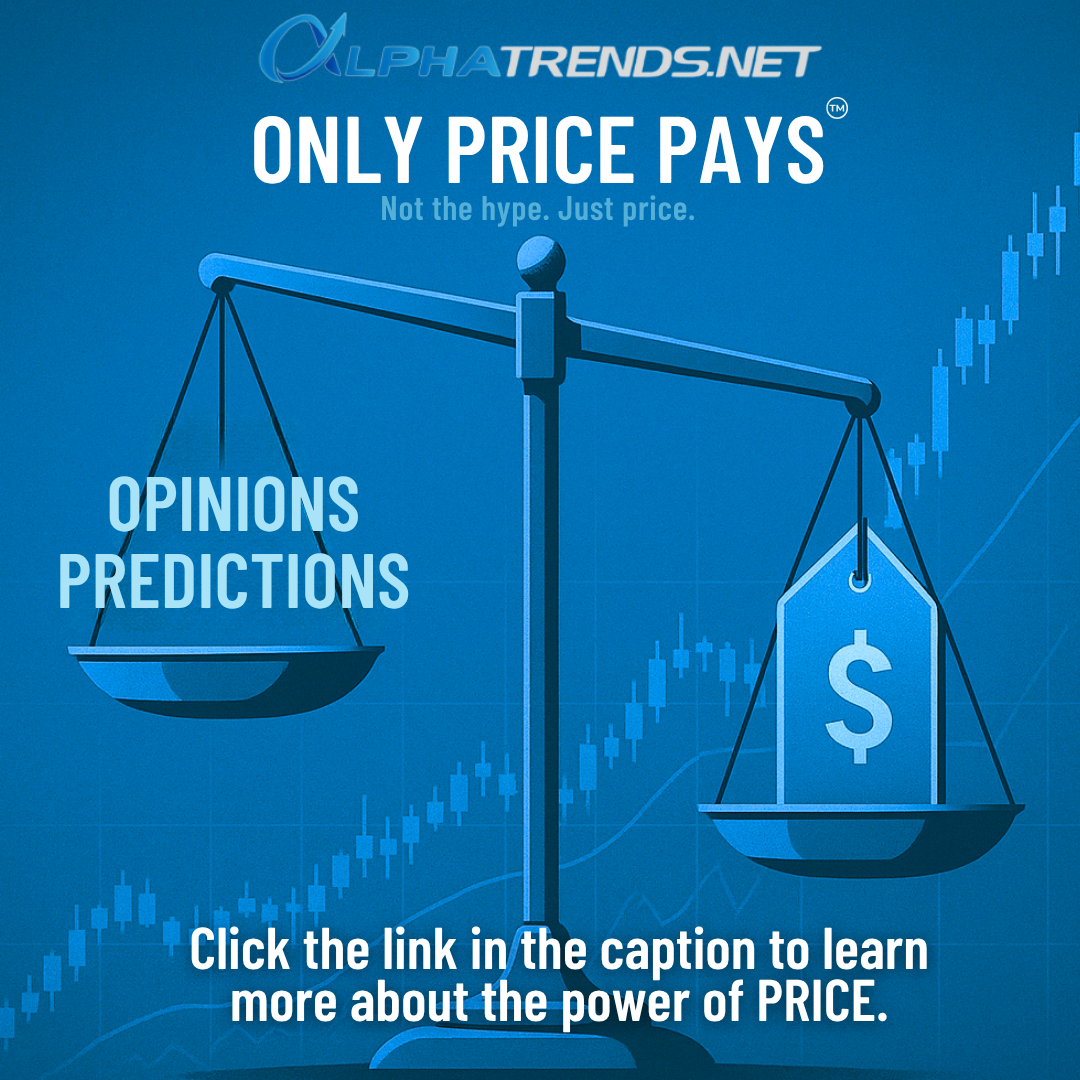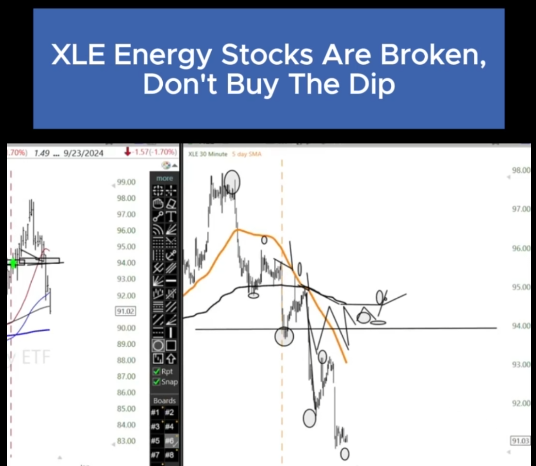Episode Info
Written with Kyna Kosling (@KayKlingson)
In the markets, we mustn’t confuse price for value.
Since the markets are an auction process:
- 1. Prices represent the levels or ranges where business took place
- 2. The current price represents the latest transaction completed, and the present value assigned by all market participants collectively
If everyone agreed that a specific price represented the ‘true’ value, stocks would trade at a fixed price—how boring!
Instead, price is the fastest-moving market variable, and successful traders capitalize on just one thing: Price fluctuations.
Only price pays.
I coined the phrase in September 2007 and have since had it trademarked. My mantra began as a reminder to myself:
Don’t get caught up in the news, stories, and constant hype in the stock market.
All too often, I’d read some great news about a stock, buy it, then not sell when price declined, due to a misplaced confidence that it’d recover when the market realized how good the news was. This mistake cost me a lot of money early in my career, and I vowed to sell when price action tells me to.
The markets can stay irrational longer than you can stay solvent. As Linda Raschke says: “Markets will do the most obvious thing in the least obvious way.”
So, price action comes first. Never argue with price.
That doesn’t mean you must ignore all other information when analyzing a trade idea. Price alone doesn’t reveal other significant pieces of the complicated market puzzle…
…but only price pays, in more than one sense.
I’m often asked to explain my catchphrase.
It comes down to three points:
- 1. Price is your scorecard
- 2. Price allows you to separate truth from opinion
- 3. Everything else (including AVWAP) is secondary to price
Let’s dig into each point.
1. Price is your scorecard.
Price is objective and unambiguous—it’s how you keep score.
As Jeff Cooper says: “Price is the final arbiter.” You either make or lose money on a trade, and you determine that profit or loss based on the movement of price alone. In the markets, your P&L is your only true measurement of success.
While your P&L doesn’t necessarily show your development as a trader, if you depend on the markets to pay the bills, the only thing that matters is whether what you’re doing is actually working. Did you make money, yes or no? That is the scorecard.
If your actions are making you money (and they’re legal), then continue. Only price pays!
2. Price allows you to separate truth from opinion.
Price is truth, and price action tells you what people are doing with their money—not what they say they’re doing with it.
In other words, price action reflects the true state of supply and demand. That’s where all opinions amalgamate, whether based on rumors or something else.
Price encapsulates all available information, including:
- • Corporate earnings
- • Market sentiment
- • Economic data
That’s why I’m not interested in anyone’s individual opinion—analysts, CEOs, commentary on 𝕏, journalists, etc.
I’m only interested in how price action forms a consensus based on all views and how participants are positioning themselves in the markets. By focusing on price, I hear every opinion in the market at the same time.
My job is to listen to the message of the market—not to listen to people who sell you stories for a living. As I always say: Lose your opinion, not your money.
3. Everything else (including AVWAP) is secondary to price.
Only a fool says that fundamental, or technical, analysis has no value.
By discrediting any analysis style used by many market participants, you limit your success. And while only price pays, that doesn’t mean other factors—such as news, volume, or indicators—don’t matter:
- • News acts as a price catalyst, so I’m always aware of events that have the potential to derail the stocks I’m trading or cause heightened volatility in the market. The danger lies in believing your opinion of a news event matters more than the message of the market, told through price action. (And keep in mind that news and surprises tend to follow the trend.)
- • Volume reveals the urgency of buyers and sellers. It represents how committed participants are to a market at a given time. Large volume can show confidence from participants, while lighter volume can reflect a healthy rest for the stock or a dangerous complacency before a reversal. However, price should always be the final piece of information that guides your decision to stay in or exit a trade.
- • Indicators like AVWAP add context to price. They play a supporting role. But don’t obsess over finding the ‘perfect’ indicator, or clutter your chart with unnecessary oscillators to conduct ‘advanced’ technical analysis. Having a pet indicator or two on your charts is fine, but don’t forget that all indicators are derived from price action. So, keep it simple: Focus on price.
If it helps you make money, use it. Everything else is just noise.
As Leonardo da Vinci said: “Simplicity is the ultimate sophistication.”
Likewise, simplicity is the market’s greatest disguise.
Only price pays.



